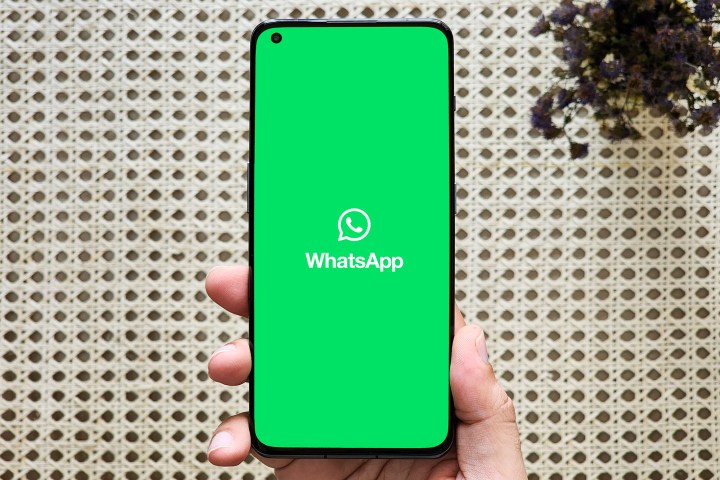
For the best part of the last decade, WhatsApp has been my primary means to stay in touch with friends, family, peers at work, and even strangers. Texting is not as prevalent in my country, India, as it is in the U.S. for reasons such as the sheer dominance of Android users (as well as the diminutive share of iOS, and therefore, iMessage users), capped carrier costs for SMS-based messaging, and the poor understanding of RCS.
WhatsApp, on the other hand, is more widely used here than any other communication medium, primarily because it’s free and allows the exchange of a multitude of types of media without being limited by national borders. People of all ages use and love it — and they collectively send enough messages to clog up the internet.
WhatsApp’s utilities are among the endowments of technology, especially for developing countries, that one can never be sufficiently grateful for. Most importantly, WhatsApp is secure and supports end-to-end message encryption.
However, changes to the platform in recent years have made it unbearable to use.
Endless spam

WhatsApp has become a dumpster of business spam, primarily backed by Meta’s proactive steps to make it a profitable platform. Since its beginning, WhatsApp has lacked a universal revenue model. While its founders initially toyed with paid downloads at $1 and annual subscriptions (again $1) starting with the second year of use, these were only selectively implemented on specific operating systems — primarily iOS — and mainly limited to regions where it wouldn’t repulse users at a time when smartphones were still a new idea. As a result, WhatsApp has almost always operated with a loss, but still managed to rake in millions of dollars in funding before being acquired by Meta (Facebook at the time) for a whopping $19 billion (including $3 billion in stock options to founders) in 2014.
The sole reason for Meta’s massive interest in the app has been because of its astronomical number of users. WhatsApp is currently expected to have roughly 3 billion active users globally. Even at the time Meta announced the acquisition, WhatsApp already had 500 million users and added 1 million new ones every day. This enticed Meta CEO and Facebook co-founder Mark Zuckerberg and aligned with his principle of gaining users first and figuring out revenue streams later. Reports also show that the number of messages sent over WhatsApp easily overshadowed Facebook Messenger’s figures. The numbers ignited Meta’s desire to own WhatsApp.
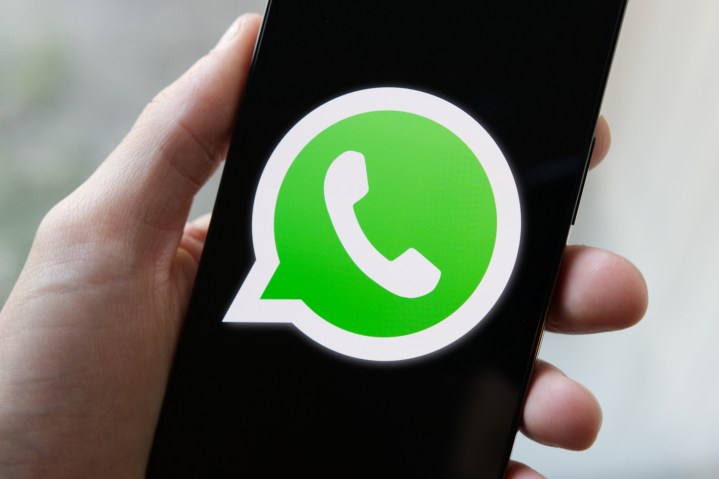
Since Meta’s acquisition, Zuckerberg has reportedly been obsessed with showing ads on the platform, as advertising is Meta’s biggest primary source of income. This was something that WhatsApp co-founders were vehemently against. This led to disagreements, and the co-founders eventually left WhatsApp in 2018. Since then, Meta’s efforts have been more persistent, and its primary focus has been earning through businesses.
WhatsApp has a separate app for business users — called WhatsApp Business — that allows them to set up storefronts, show their product catalogs, set up automated responses, and receive orders and payments right within the app. The app is free for small businesses, which can use the app to interact with customers manually. I believe this is a great initiative, except it allows large businesses to exploit the platform.
WhatsApp allows large businesses to integrate the Business chat platform with internal customer relationship management (CRM) tools. This allows them to message customers, send order updates, or offer customer support through this convenient and widely used platform. WhatsApp charges businesses on a daily basis with prices as low as $0.01 per 24 hours, making it a cheaper mode of communication than emails or SMS-based updates.
WhatsApp is the preferred communication medium for billions of users, so the idea feels right on paper, at least for businesses. However, it gives users no option to filter out spam from useful messages, resulting in a bewildering flow of spam.
So, from a user’s perspective, WhatsApp Business tools are really just a way to invade a space previously limited to personal conversations. It’s like sitting at a restaurant to talk with a friend or a loved one and constantly being interrupted by salespeople. Even more problematic than harrowing and haphazard spamming is the fact that WhatsApp enables businesses to pursue potential customers through targeted messaging.
Ads and constant tracking from Meta
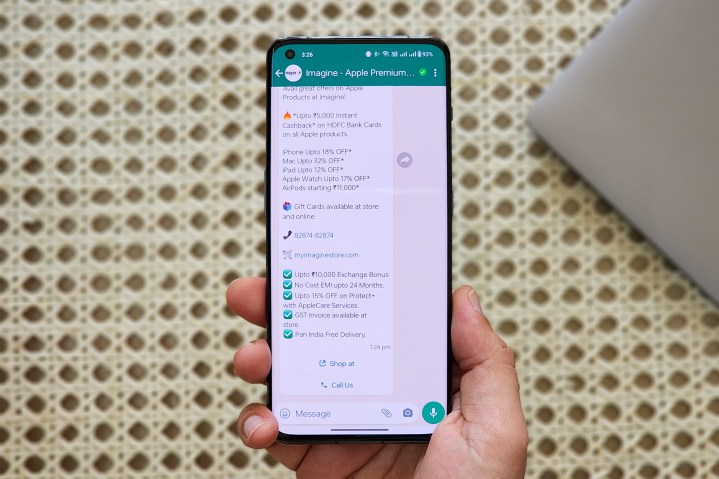
Having advertising as Meta’s primary revenue source conflicts with WhatsApp’s no-ads policy. While it does not actively display banner ads on WhatsApp yet (although a recent Financial Times report suggests that could change), it allows businesses to follow your trails back to WhatsApp. The most common form is allowing businesses to use “Continue on WhatsApp” as a call-to-action (CTA) button on Facebook and Instagram ads. The idea is to enable businesses to offer personalized messaging and satisfactory responses on WhatsApp, increasing their chances of closing the sale and converting you from a potential customer to an actual buyer.
However, when you agree to talk to a business on WhatsApp, you also agree to it messaging you in the future. Once you agree to interact with a business, there is no way of stopping these messages. The only option is to block the sender entirely, which means you cannot receive any message from them, including the useful ones.
Even when a business does not acquire your contact details from WhatsApp, spamming you can be a simple affair. The only real hurdle to reaching you on WhatsApp is getting access to your mobile number. While the illegal sale of mobile numbers (among other forms of user data) is widespread, many brands even ask for your phone numbers while you’re making a purchase or placing an order. Often, businesses do not actively seek your permission to send promotional messaging over WhatsApp — unless explicitly necessitated by law — and use blanket terms and conditions to broadcast messages.
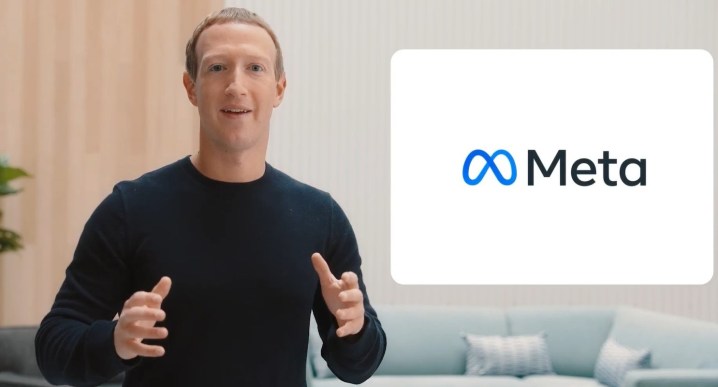
Since there is no clear way to distinguish between useful information and spam, promotional messaging has basically sprouted into a scheme of somehow sourcing your contact number and then spamming you with promotional and marketing messages, even if you have never interacted with a business before.
Even the converse leads to businesses bombarding you with targeted advertisements. If you interact with a business first on WhatsApp, Meta’s framework allows it to share your private information, including your phone number, with other apps and services it owns. This may not be limited to services such as Instagram or Facebook and might extend to the nearly 100 platforms owned by Meta. With Meta’s Pixel trackers actively used by advertisers worldwide, it doesn’t take long before ads relevant to your recent conversation with a business start cropping up on every ad-supported web platform you visit. This further contributes to Meta’s reputation for “always listening” and snooping on you.
Meta’s policy of sharing data about your WhatsApp interactions with businesses has existed since 2016. But it sparked a controversy in 2021 when WhatsApp asked users to agree to its updated privacy policy, with the failure to do so resulting in an eventual suspension of your WhatsApp account. This incited uproar from privacy enthusiasts and led many users to migrate from WhatsApp and flock to competitor apps such as Telegram and Signal.
With a limitless bombardment of promotional messaging, WhatsApp now feels like the classifieds instead of a messaging app.
WhatsApp has a responsibility here as a facilitator of communication between consumers and businesses. It ought to have created an opt-out mechanism allowing users to prevent their mobile numbers from being shared with businesses. At present, WhatsApp only provides the services, but withdraws itself from the implications, especially when it comes to the users’ privacy.
Since personal data is so widely available, it is a company’s responsibility to manage it conscientiously and refrain from sharing it with other brands or businesses it owns — let alone sharing it with other third-party businesses. WhatsApp also takes no responsibility for how these third parties handle your data. Therefore, if a business chooses to share or sell your data to other companies, WhatsApp guarantees no protection.
At the end of the day, it is about ethics, and WhatsApp Business enables bad actors to harness and exploit your data — in a more dangerous fashion than Facebook did with the Cambridge Analytica fiasco.
A cluttered user experience
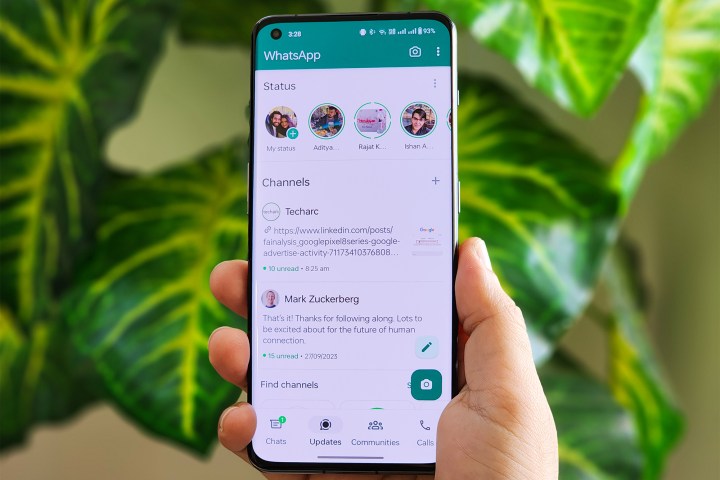
WhatsApp’s original utility was to allow people to share small status updates with their contacts. But within a few months of its launch, WhatsApp’s creator, Jan Koum, realized its potential as a messaging service when the initial crop of users started using the app to send messages to their friends through status updates. WhatsApp transitioned to a messaging app with this addition — and remained so without many significant identity changes until Meta’s acquisition.
However, over the years of its existence as a Meta product, WhatsApp has added many features in an attempt to go beyond a traditional messaging app and become an all-encompassing communications app that treads in the footsteps of social media platforms like Facebook. Other than messaging and calling, its current features include Snapchat-like stories, message broadcasts, Channels, and Communities. These features, although useful in sharing updates with a broader audience than simple groups, take away from the very essence of WhatsApp’s origins as a simple and easy-to-use direct messenger.
Besides adding new features with fewer takers than direct messaging and calling, Meta also insists on making them more instantly apparent — through dedicated icons in WhatsApp’s navigation bar. Meanwhile, more useful features, like the option to link additional devices or enable or disable chat backup and encryption, are nested under menus, some of which require multiple steps to reach.
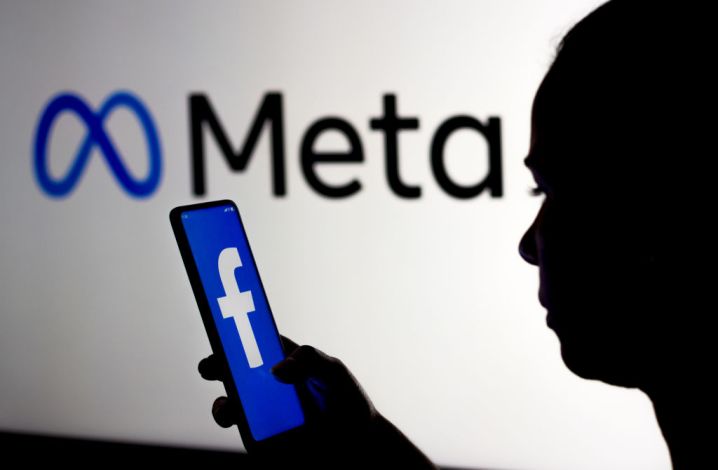
This demonstrates a fundamental design problem that persists on other Meta app,s but often gets sidelined by news around the company’s disregard for privacy. Other leading services from Meta, especially Facebook, are plagued with poor design choices aimed at increasing content visibility (with the prime intent to display more advertising) while impairing user experience. Besides focusing on visibility for ad-laced content, Meta has also diligently added features inspired by competitors — borrowing concepts such as Stories and Camera Filters from Snapchat, Reels from TikTok, or Threads from Twitter, to name the most obvious ones.
The Updates tab in WhatsApp is dedicated to Status updates from contacts, as well as Channel broadcasts from influencers you (might) follow. Besides listing the Channels you follow and suggesting the ones you might be interested in following (seemingly based on their popularity in your region or country), the page also shows the contents of the last messages from each of your subscribed Channels, rendering the Updates tab with a cluttered look. Channels take up an unwarranted amount of space, but more importantly, they don’t feel like they belong in a messaging app built on the ethos of “No Ads! No Games! No Gimmicks!”
Confusing and unnecessary features

Not only do WhatsApp’s features feel excessive and less than useful, but they can also be confusing in nature. In November 2022, WhatsApp announced Communities to organize group chats. If you have multiple WhatsApp groups (or are the equivalent of a local representative in your community), this feature allows you to manage all of those groups in one place. But if WhatsApp already has groups, what are Communities for, you may ask! Communities can accommodate up to 5,000 users — about five times what a group holds. Secondly, members of the same Community may not necessarily be part of all the groups. Lastly, it gives group admins extensive control over how to manage multiple groups from a single place. In practice, Communities can be compared to a Slack or Discord server with multiple channels within it.
While Communities may sound like a valuable tool for group admins (leaders), it doesn’t have a significant utility for an end user. If you’re not part of a Community, the dedicated space in WhatsApp is essentially wasted. Perhaps a better implementation would be integrating all groups a user is part of into a single page instead of reserving it for specific Communities.
Similar is the case with Channels on WhatsApp, which allow users to broadcast their views to a large pool of followers. Like Communities are to WhatsApp groups, Channels are the evolution of the broadcast feature, and can be used to send the same message to a maximum of 256 contacts without revealing details about other recipients. Channels are broadcast on a humongous scale and can be used for one-side updates and messages to millions of users simultaneously. WhatsApp also allows users to discover new channels and subscribe to them. The option to send messages is reserved with the Channel’s admin, while users can only react to messages using emojis or participate in polls while remaining anonymous.

As one would expect, Channels are primarily used by celebrities, politicians, and influencers to share updates with their followers. Interestingly, many of these channel profiles are also verified with a green check mark indicating their notability. With unidirectional updates and limited utility for users, Channels feel better suited for social media platforms such as Instagram and Facebook.
While WhatsApp Channels are separate from Instagram’s Broadcast Channels, it appears to be an early step toward Zuckerberg’s vision to integrate WhatsApp, Instagram, and Facebook Messenger into a unified messaging platform. WhatsApp also allows businesses to create Channels, opening up another route for unsolicited promotional messages and advertisements disguised as important announcements.
Combine all of that with WhatsApp also trying (and failing) to turn the app into a payment platform, and it doesn’t take long to see how much cruft is quickly ruining the “messaging” app.
Trading users’ trust and privacy
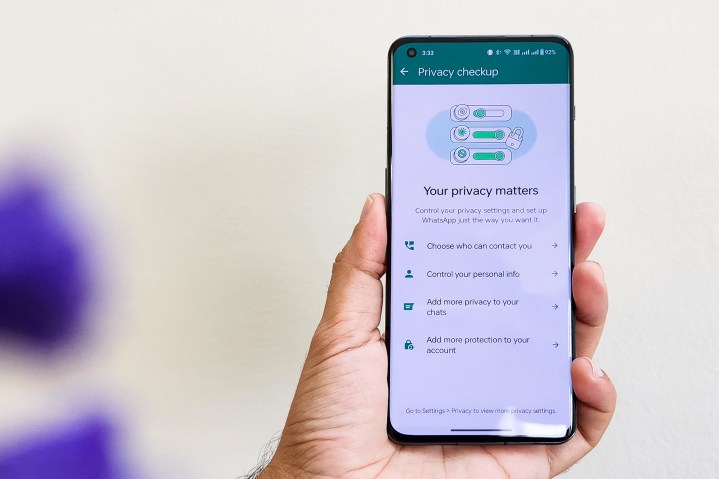
WhatsApp is no longer the straightforward messaging app it was once envisioned to be. In the last 14 years of its presence — the majority of which has elapsed under Meta’s control — WhatsApp has gained multiple useful features, but also a few that make little sense for an instant messenger. This branching out into utilities beyond messaging is meant to capitalize on the combined wealth of nearly 3 billion users.
Since its acquisition, Meta has explored monetization avenues for the app that is otherwise free. For a company that earns primarily from advertising, it was unlikely to stay away from ads for too long, but Meta’s prioritization of capital gains over privacy has opened the floodgates of unwanted spam infiltrating a previously valuable platform. In conjunction with these practices, Meta’s own strong push to establish WhatsApp as a system for enterprise instead of meaningful conversations has robbed it of its simplicity and initial identity.
Messaging apps such as Line, Kik, and Viber, which added excessive bells and whistles to retain users, have only dwindled in the meantime. The only app that has survived superfluous additions is WeChat, even though its primary user base remains limited to the borders of China. WhatsApp’s gargantuan user base acts as a safety net and binds people like me to the platform out of fear of falling out of touch with others who primarily use the app. Still, it does not guarantee perpetual immunity, especially if governments in countries like India and Brazil push for homegrown apps in parallel to WeChat.
In conclusion, it might only be in Meta’s favor to caution over the ever-evolving nature of technology and to not treat consumers like mere numbers.
Editors' Recommendations
- Meta’s ChatGPT killer is taking over your favorite apps
- WhatsApp now lets you send self-destructing voice messages
- I can’t believe my favorite new keyboard came from a phone company
- WhatsApp finally lets you edit sent messages. Here’s how to do it
- Instagram used to be one of my favorite apps — now I can’t stand it




